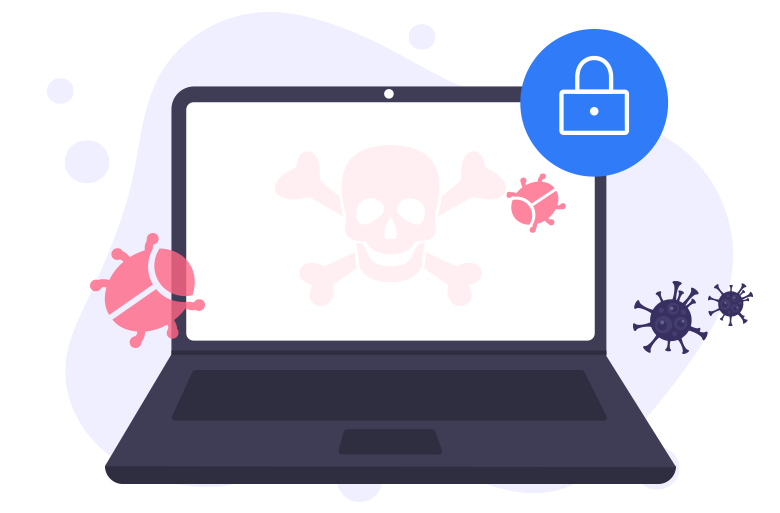
A Macro virus is a harmful PC threat that attaches its code to the pre-installed macro operation of a computer system including Microsoft Word, Excel, Spreadsheets, etc. The virus gets embedded in the document macro and automatically launches whenever you open the document causing damage to the overall working of your device.
This type of virus can disrupt the smooth functioning of your OS by sending files, creating new files, moving text, inserting unwanted pictures, unauthorized hard drive formatting, destroying data stored on your computer, and much more. It is usually spread through phishing emails with infected links and attachments.
Types of Macro Virus
Concept and Melissa Virus are the two major forms of the Macro Virus.
- The Concept Virus was first seen in July 1995 with Microsoft Word as its major target.
- First appeared in March 1999, Melissa virus used an email worm trait and infected millions of computers by sending infected emails.
Common Symptoms of the Macro Virus
If infected, your system will start giving you signals. Some of the most common symptom that shows the presence of the virus on your device are:
- Your computer may start showing frequent signs of a slowdown.
- It may start asking you for passwords for files that are not password protected.
- You might experience strange messages appearing on your device screen.
- The files will start getting saved in a ‘template” form.
Tips to Prevent Infections with Macro Virus
Since phishing emails are the most common way of spreading a Macro virus, its prevention also revolves majorly around proper email etiquette.
Some of the workable techniques are:
- Always use a spam filter, this will ensure that you receive only legit emails in your inbox which reduces the chance of infection.
- Avoid opening suspicious emails and the mails that are coming from unknown sources.
- Use a powerful security program to guard yourself against the ill effects of a Macro virus.
- For multi-layer security ensure that your device is running on up-to-date software versions and is properly patched for all security loopholes.
- Never, never open attachment and links embedded in emails coming from unknown sources.
In addition to the above mentioned preventive methods, if you think that your device is infected, you can follow the below steps to remove it.
- Reboot your infected device in safe mode and delete all the temporary files.
- Scan your device using powerful antivirus software.
- Additionally, you should also use an on-demand scanner to perform a macro malware check on your device. This will detect all the traces of a Macro virus in your device and delete them.


2 Comments